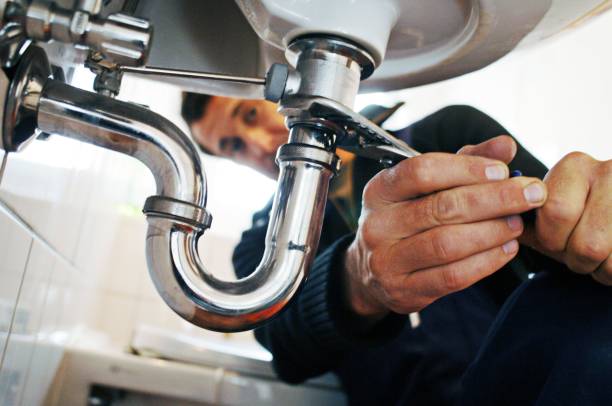Homeowners who live in areas labeled as Special Flood Hazard Areas by the government and hold a federally-backed mortgage are legally required to have home flood insurance. Some homeowners choose to purchase coverage even if they are not required to do so by law.
Floods can occur from heavy rain, melting snow, or severe coastal weather. Even homes in low-risk areas are susceptible to flooding.
Floods are a Natural Disaster
Flooding is the most common natural disaster, which accounts for 80-90% of all reported disasters. They can be caused by river flooding, rapid snow melt, or a tropical cyclone or tsunami storm surge. The cost to repair and replace flood-damaged buildings, roads, and public infrastructure is enormous. A few inches of water can inflict thousands of dollars in damage to a home or company.
While standard homeowners and renters policies don’t cover flood damage, a separate flood policy can. The National Flood Insurance Program (NFIP) offers building and contents coverage, both of which have a deductible. Building coverage pays to fix or rebuild a structure if flood waters destroy it, while contents coverage helps pay for furniture, appliances, and other household items. Both types of coverage have a maximum building limit and an average contents limit, and they cover possessions on an actual cash value basis.
Floods are a Man-Made Disaster
Flooding is one of the most common natural catastrophes in the United States, and it has the potential to wreak significant damage. It is the leading cause of property insurance claims in the US. The majority of these claims, however, aren’t entirely or even partially covered by most homeowners’ policies. This is why it is essential to invest in home flood insurance in Louisiana.
If you reside in a flood-prone location, your mortgage lender may require you to get house flood insurance. The National Flood Insurance Program (NFIP) offers this coverage, which can cover a building or its contents. They are available for both homeowners and renters.
The most common artificial flooding causes include faulty plumbing, overflowing sinks and toilets, and malfunctioning appliances. Although regular maintenance can prevent these issues, many insurance claims for water damage stem from them.
Other causes of artificial flooding are changing weather patterns, river and stream bank erosion, and dam breaks. As people build houses and commercial properties on the banks of rivers, streams, and lakes, they change their natural flow. This can result in river currents overflowing their concrete or sandy banks, causing flooding.
Floods are Expensive
The cost of a flood depends on the amount of coverage you buy. An insurance agent can help you choose the proper policy limits for your needs, and you can get a home inventory to evaluate the value of your belongings.
The National Flood Insurance Program (NFIP) has divided most of the nation into high-risk and moderate-to-low-risk zones. The risk level is determined by how close you live to a river, ocean, or any other body of water that might be expected to cause flooding. The more risk your property has, the higher your insurance rates will be.
NFIP rates are also affected by your area’s history of floods and how much rainfall is typical. You can use a tool like FEMA’s Risk Factor to get a general idea of how much your rate will be. Some states allow residents to put money into Catastrophe Savings Accounts, which can help cover the costs of disaster repairs if they cannot afford them right away.
4.3 million homes, mainly in Florida, California, and South Carolina, are at significant risk of damage from flooding this year. But most of them aren’t required to have flood insurance by the government, and they could see their NFIP premiums rise 4.5 times to cover their risk.
Floods are Dangerous
Whether in a high- or low-risk flood zone, purchasing home flood insurance’s never too late. Even if your area has never experienced severe flooding, factors like changing weather patterns, local dam improvements, and new neighborhoods can shift the land your house sits on from low to high risk or vice versa.
Floods kill more people in the United States each year than tornadoes, hurricanes, or lightning strikes. Floods can occur anywhere there is a lot of rain or fast-melting snow that cannot be absorbed and causes water to overflow onto normally dry land.
Standing floodwaters are also hazardous because they can include pathogens from sewage, sewerage, and animal feces. They can also carry chemicals from leaking gas stations or other sources. Floodwaters often have a dangerous current and can sweep away cars and drown drivers. Floating a car only takes up to two feet of fast-moving floodwaters, so if you ever encounter such water, turn around and go another way!
Be sure to give your insurer an elevation certificate when you buy your policy. (Elevation certificates are usually required for NFIP policies and may help lower your premium). If you’re unsure if you need a separate flood policy or how much coverage to get, talk with an independent insurance agent.




Leave a Reply
You must be logged in to post a comment.